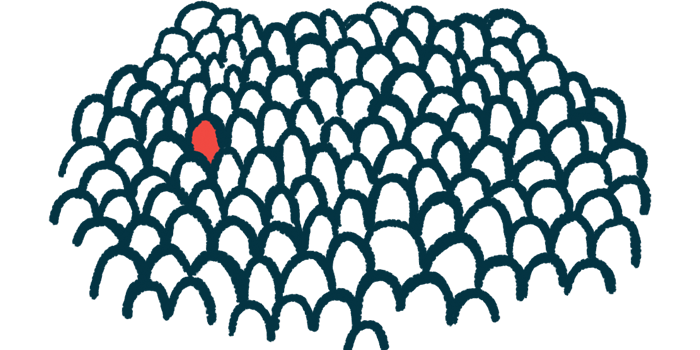Rare Form of Systemic Sclerosis in Children Marked by Heart Problems
Written by |

Children with an extremely rare form of systemic scleroderma tend to experience longer diagnostic delays, are more likely to have heart involvement, and have worse clinical outcomes, according to a study of five children with the condition, which has no skin involvement.
The study, “Systemic sclerosis sine scleroderma in children,” was published in the journal Rheumatology.
Scleroderma is caused by the accumulation of collagen, the protein that forms scar tissue. In its systemic form, scleroderma can affect organs such as the heart, kidney, lungs, and digestive system.
In the vast majority of cases, scleroderma affects a person’s skin, which is where the disease gets its name (“sclero” meaning “hard,” and “derma” meaning “skin”). However, as many as 1 in 10 adults diagnosed with systemic scleroderma don’t have skin involvement, referred to as “systemic sclerosis sine scleroderma.”
Systemic scleroderma in children is extremely rare, and juvenile systemic sclerosis sine scleroderma is nearly unheard of — to date, only two cases had been reported.
Here, scientists at the University of Padua in Italy reported on an additional five cases — three boys and two girls, ranging in age from 6 to 16 — identified based on records of patients treated at their facility.
The researchers provided detailed descriptions of two of the cases. In one, a 15-year-old boy was referred to their center with a one-year history of bluish coloring in fingers of the right hand, as well as arthritis in a finger.
An MRI showed abnormal thickening in an affected joint, as well as intense bone swelling in the right hand. Although the patient did not have any skin thickening, blood tests indicated scleroderma (e.g., positive for antinuclear antibodies). Raynaud’s phenomenon was also diagnosed.
Some mild-to-moderate abnormalities in heart structure and function also were noted.
Ultimately, the boy was diagnosed with systemic sclerosis sine scleroderma and was treated with the immune-suppressing medicine CellCept (mycophenolate mofetil), as well as calcium channel blockers (medicines to lower blood pressure).
The second case was a 16-year-old boy. Before moving to Italy, tests had identified abnormal heart rhythms and signs of cardiac inflammation, for which he was being treated with beta-blockers and other medicines for abnormal heart rhythms.
Shortly after he came to Italy, the boy went into cardiac arrest — when the heart stops beating. After being stabilized in the emergency room and using an implantable defibrillator (among other interventions), it was noticed that the boy had Raynaud’s phenomenon, leading him to be referred to the researchers’ clinic.
Blood tests and other assessments confirmed a diagnosis of systemic sclerosis sine scleroderma, and the boy was started on treatment with rituximab. His condition improved, but a year later he went into cardiac failure and required an emergency heart transplant.
To better understand this rare disease course, the researchers compared the seven known cases of juvenile systemic sclerosis sine scleroderma with 32 cases of juvenile systemic scleroderma (with skin involvement) at their clinic.
Compared with those with skin involvement, those without had a significantly higher rate of heart involvement. The mean diagnostic delay was significantly longer for children without skin involvement (20.1 months vs. 8.3).
The proportion of patients with poor clinical outcomes — death, or end-stage organ failure — was substantially higher among children with systemic sclerosis sine scleroderma (43% vs. 6%).
“The prevalent cardiac involvement, the delay in diagnosis and the greater disease severity than in classical JSSc [juvenile systemic scleroderma] can easily explain the poor outcome reported in this condition,” the researchers wrote.
“These preliminary findings and, in particular, the longer delay in diagnosis in comparison with classical JSSc, underline the need for a comprehensive rheumatological work-up … in paediatric patients presenting with isolated [heart disease] … especially when associated with RP [Raynaud’s phenomenon],” the team concluded.






